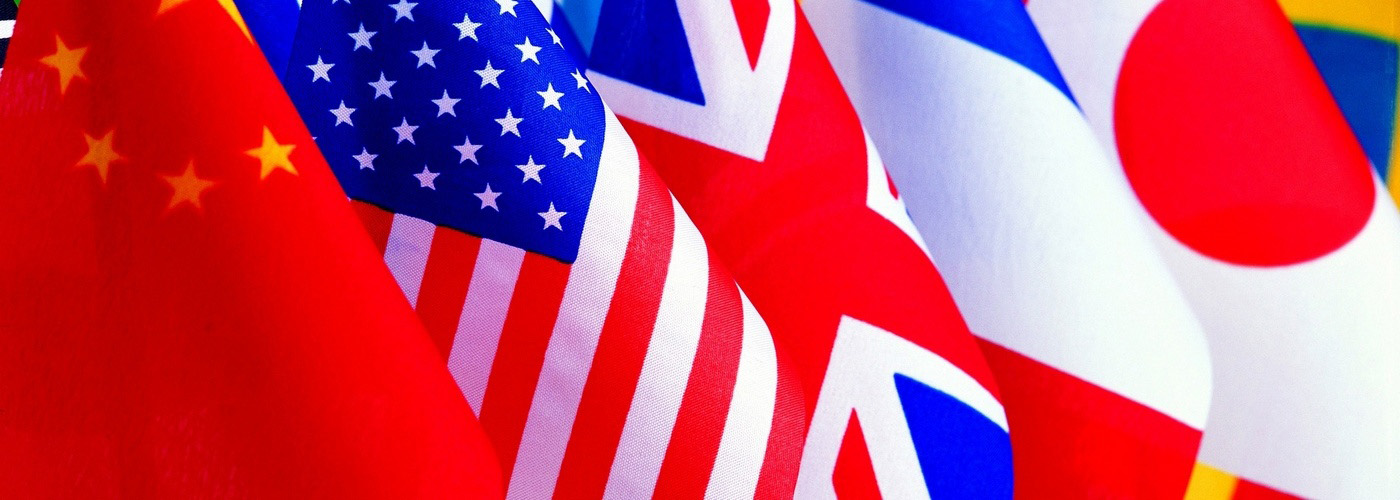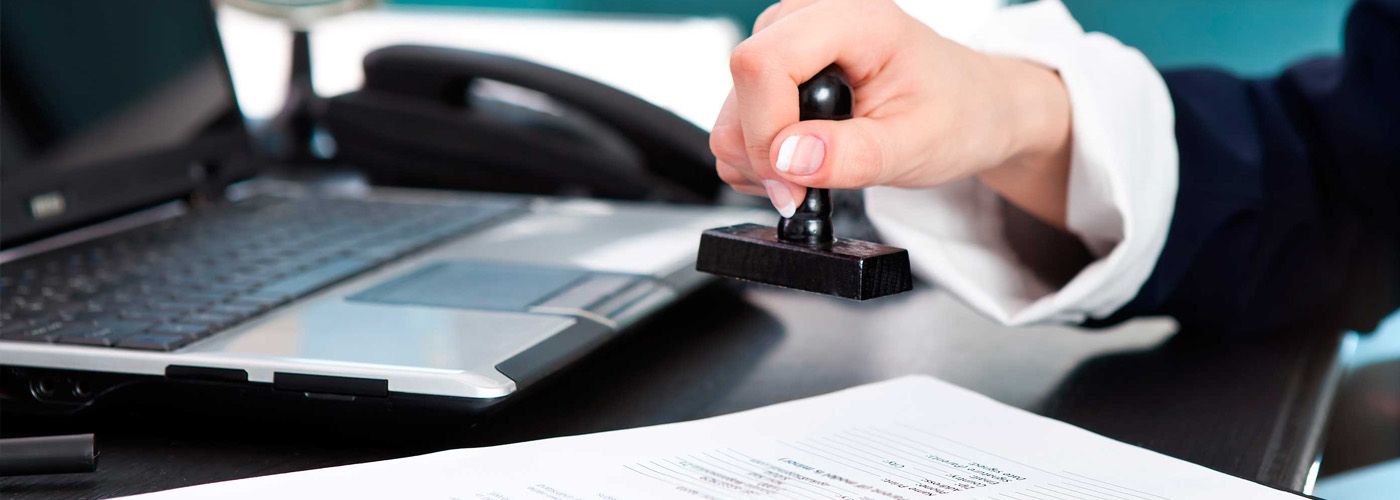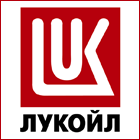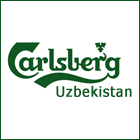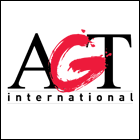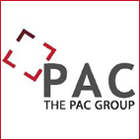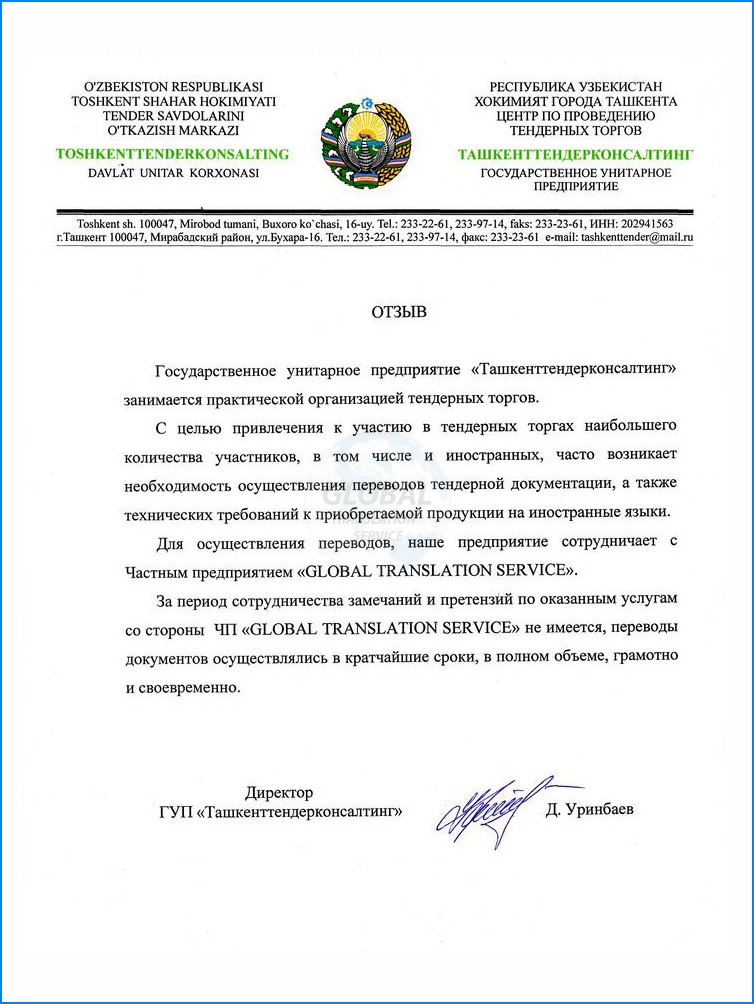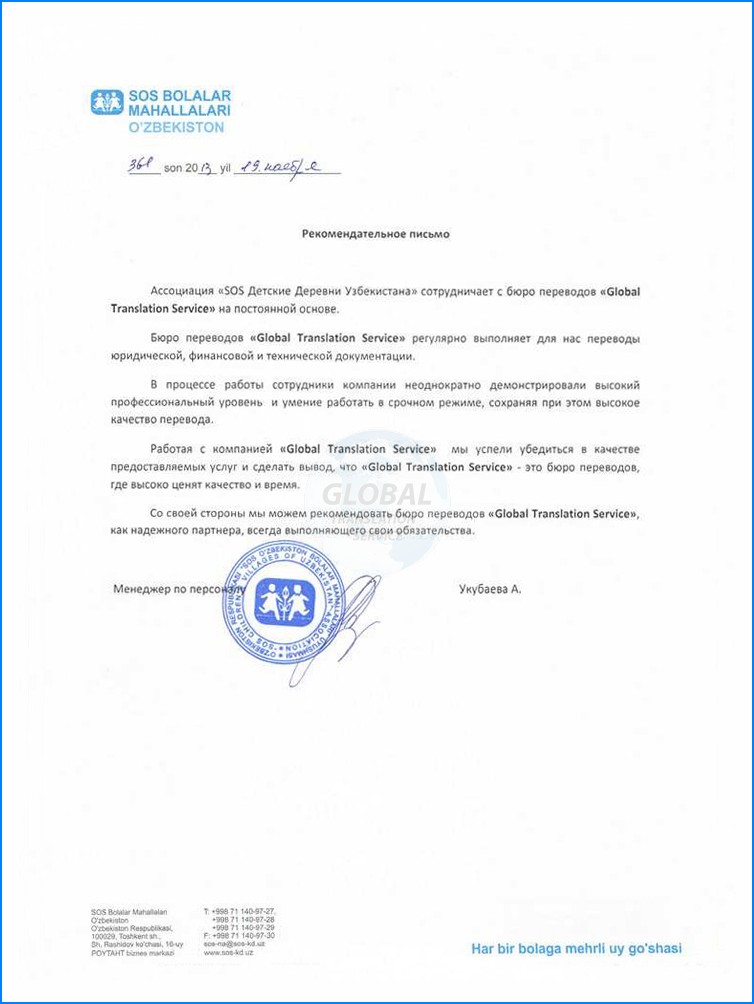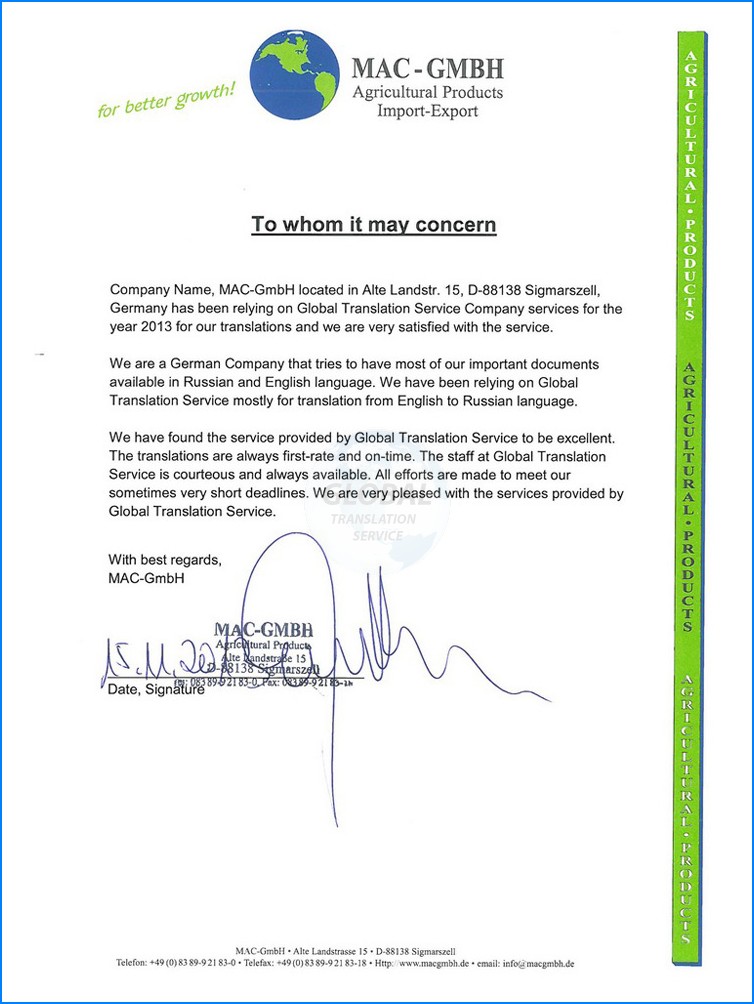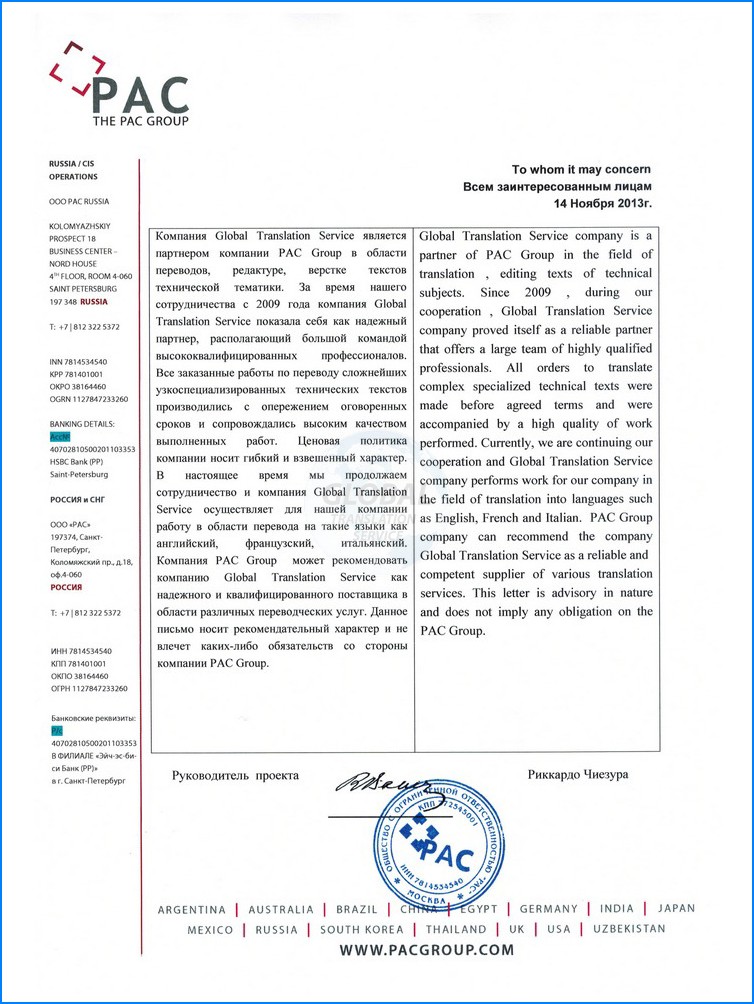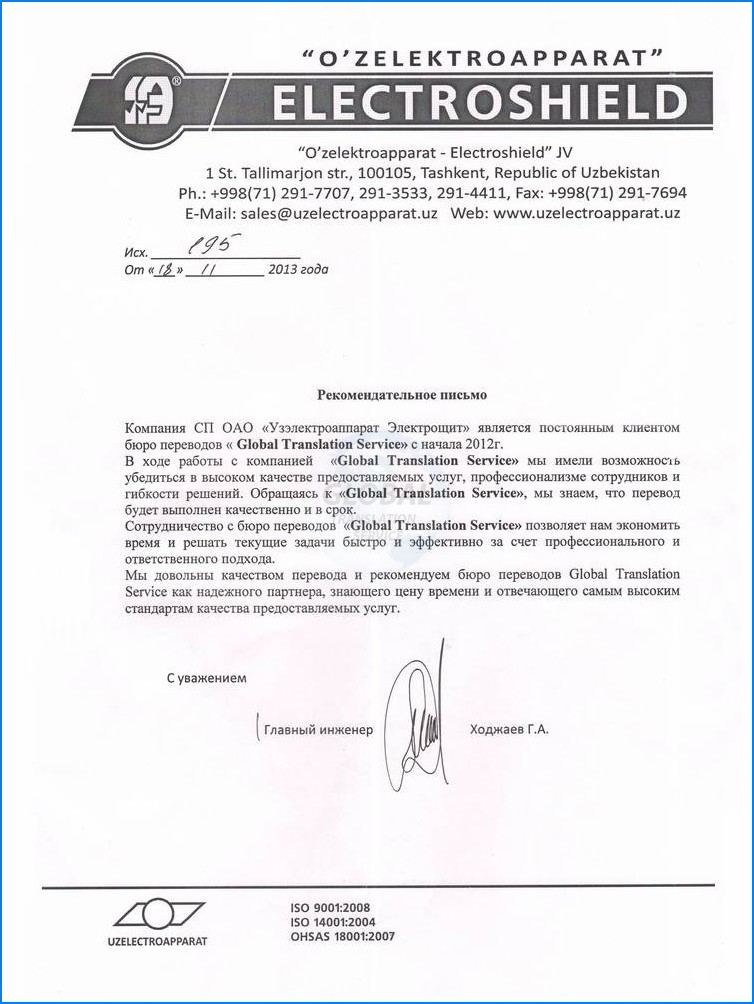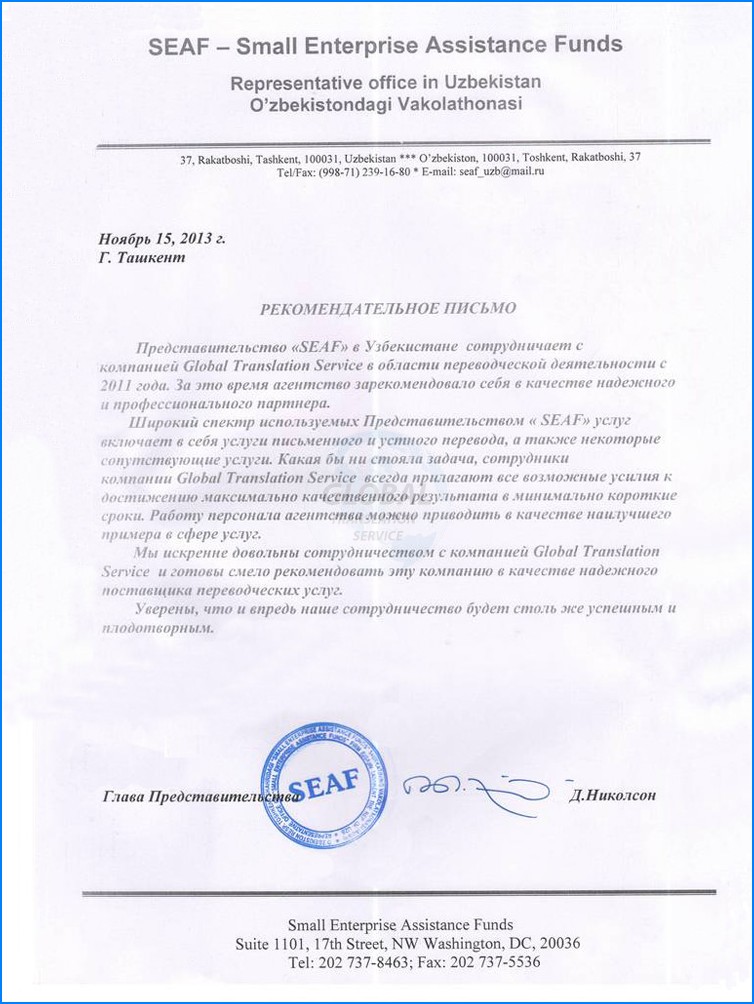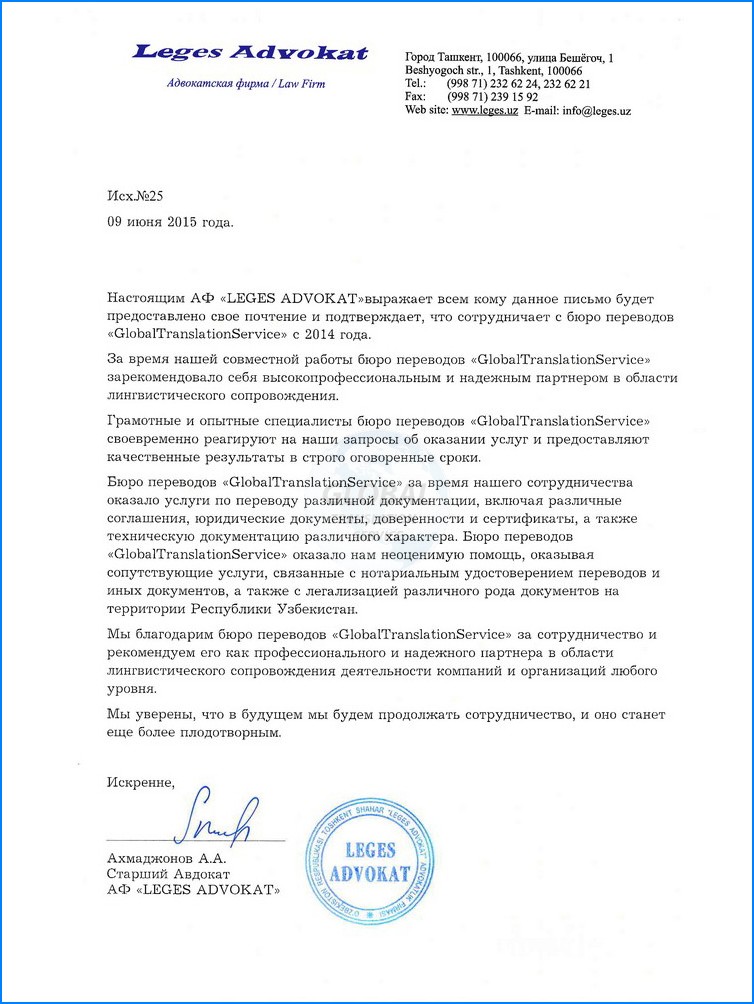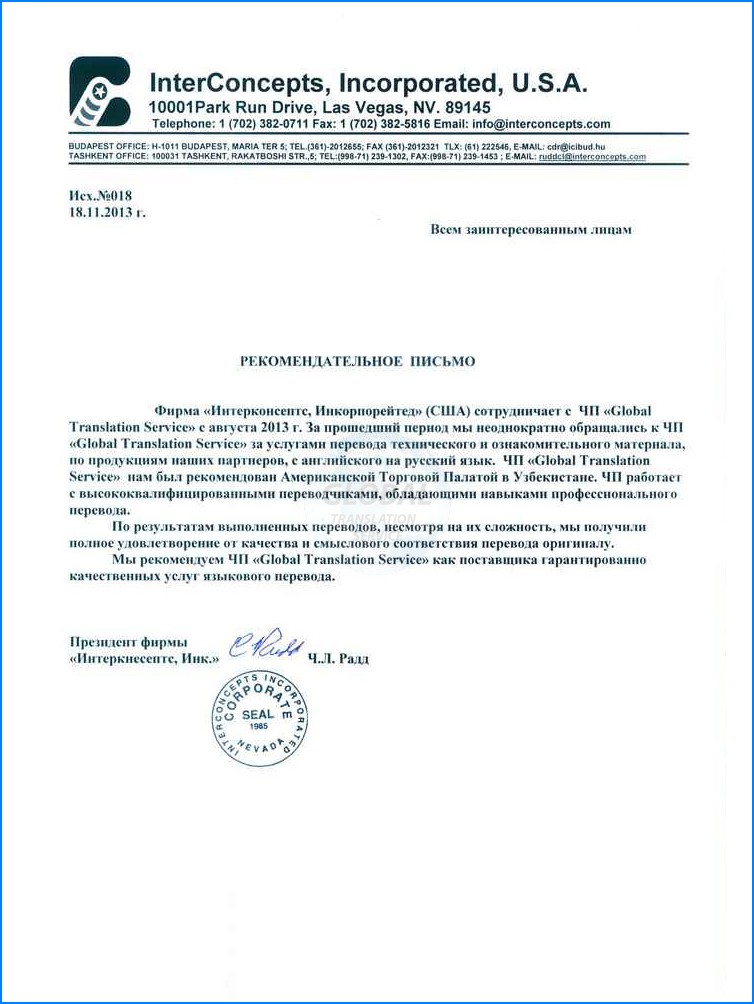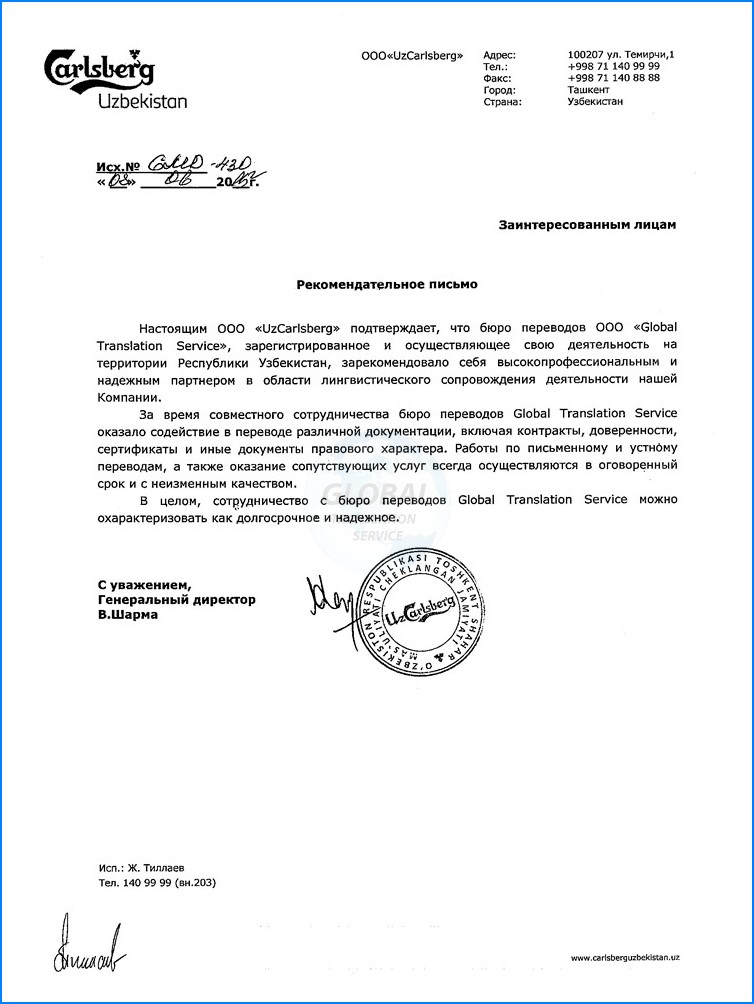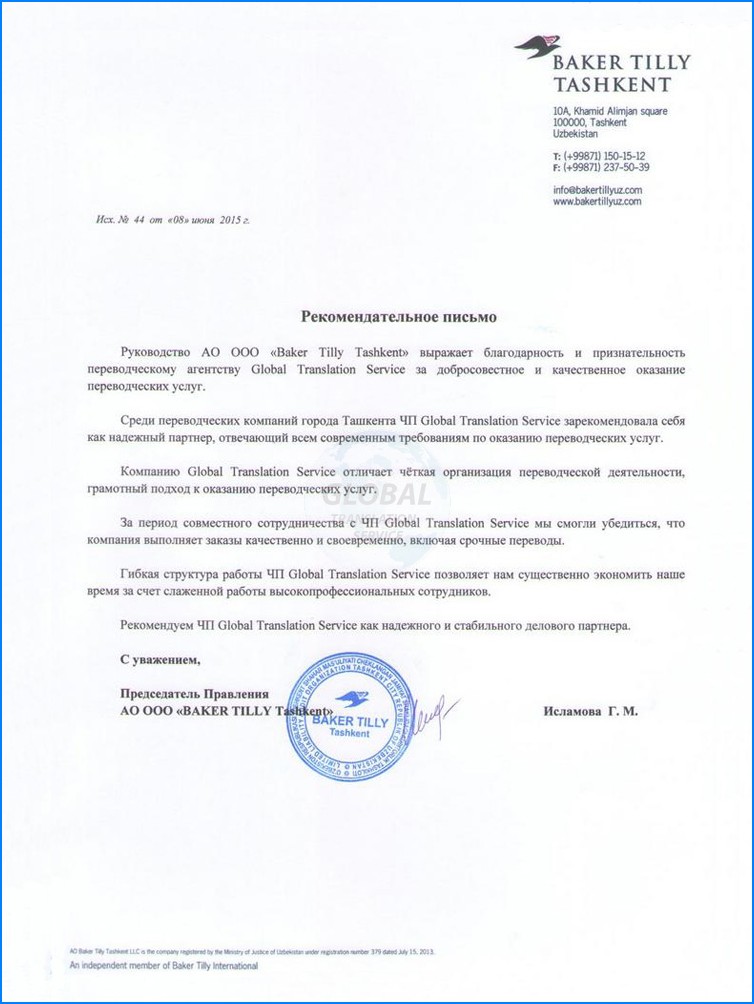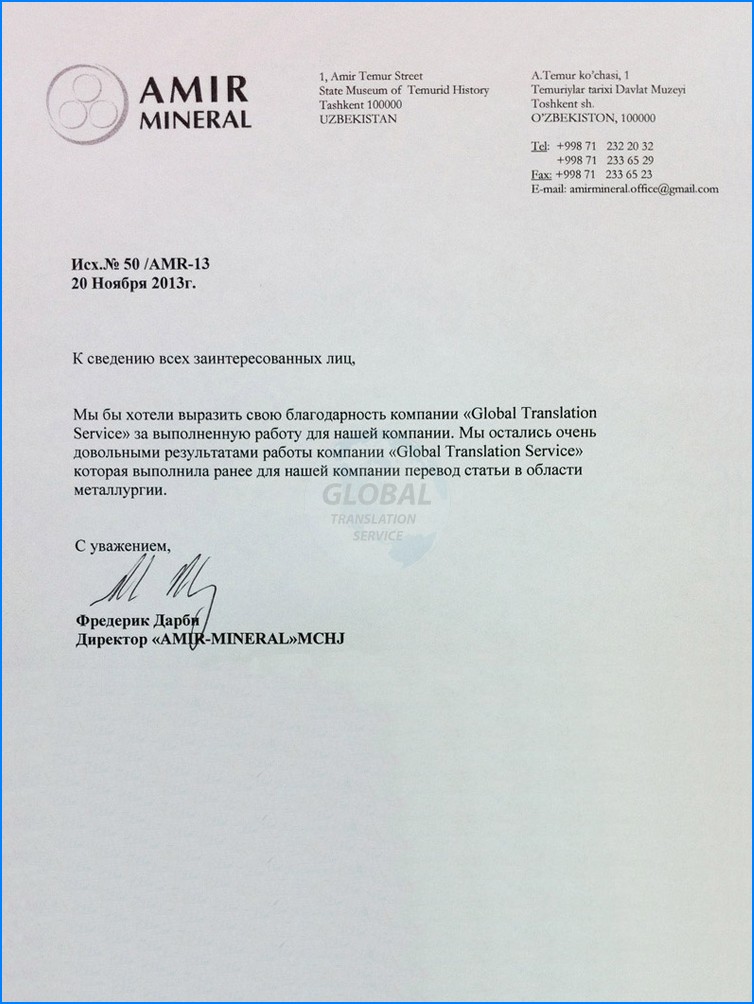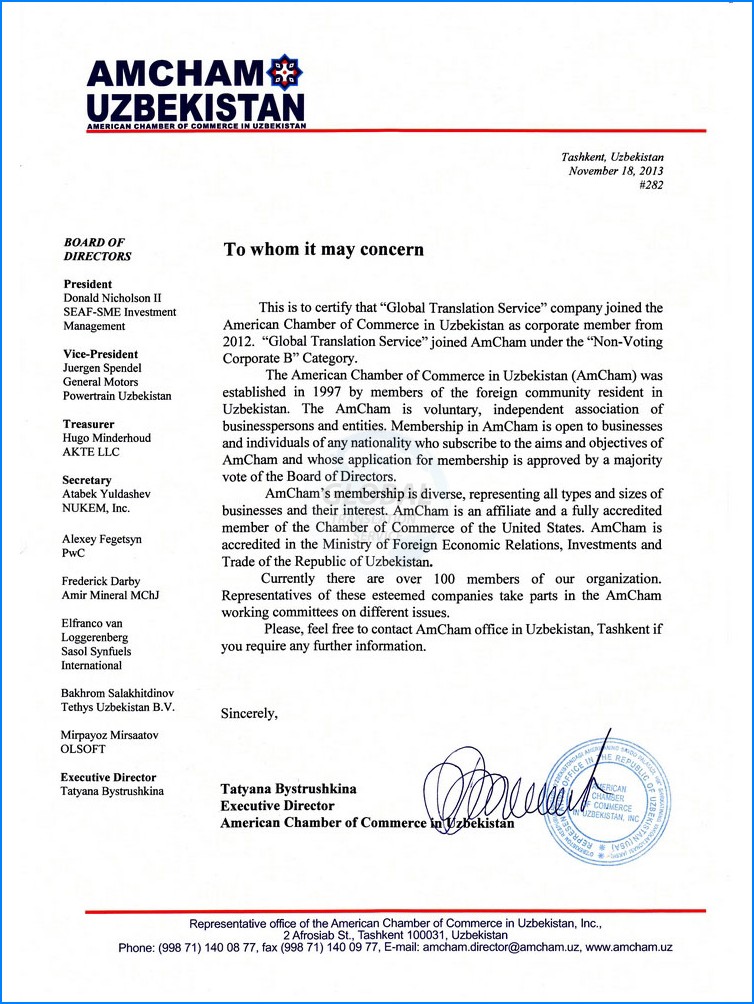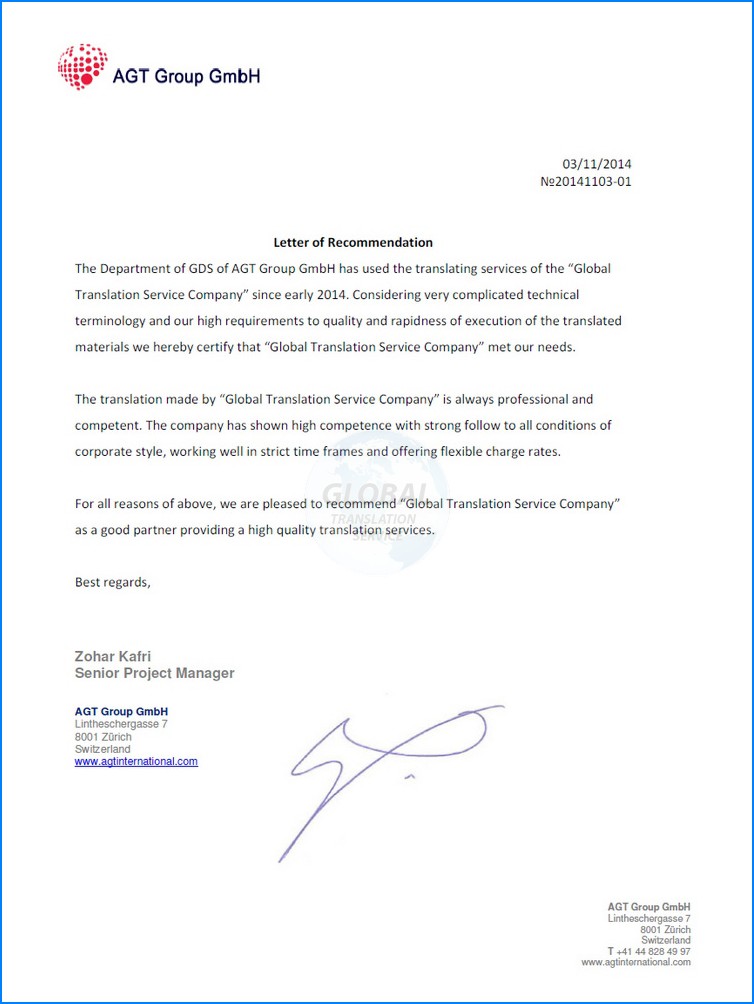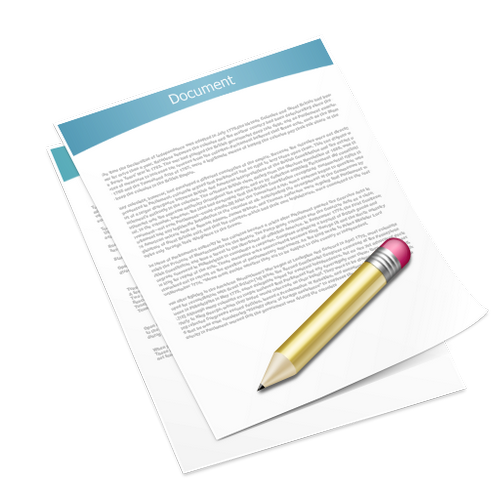
No automated system can replace the agile mind of a competent interpreter. Meanwhile, the modern applications produce more or less acceptable version of the text in another language, if the source material is impeccable. The ideal translation - accurate, adequate, stylistically sustained, error-free - will be successful if only a good specialist work with a text and a source material is qualitative. In power of each customer - to make a little effort and prepare the original document.
For what?
There is a guarantee of an excellent result. The translator works fruitfully, without delay. He chooses from the many possible the most suitable variant of translation of one or another word.
The terms of the translation are shortened. The work goes like clockwork, which means that you can get even an early translation, and at the same time it will be performed at a high level. Errors and inaccuracies are excluded. The more transparent, clearer the source text, the better the finished translation.
The etiquette is complied. The educated person will not bring greased, dirty papers with dangling edges to the specialist. Be sure, translators have seen everything and are able to work in any conditions and with any texts on any medium. But how will you feel? If you instruct someone else to take papers to a translation agency - check them and pack them properly.
Source code: mission is feasible
Eliminate serious flaws in the text. For example, complete the broken sentences or correct the abracadabra issued by the scanner. Check the quality of photocopies; if necessary - write down the words that are too pale with a pen. The interpreter will not have to linger to guess what is being said. And besides, logical reasoning does not always lead to understanding of the text. A misprint in the text of the scientific style makes the translation impossible or seriously distorts the content. If there are duplicates in the text, inaccuracies, errors, contradictions, the translator usually notifies the customer about it. A precious time is wasted to make an agreed decision on what to do.
Check if there are any spelling mistakes, especially in surnames. Sometimes, on the title page of an impeccable dissertation, the secretary prints the name of the scientist incorrectly. The translator does not have the ability to check absolutely all the facts. There are people whose names in the passport are written down contrary to the existing rules of spelling and office work (Innesa, Alyona, Sasha). This is important to emphasize. If this data is found, suppose, in a contract of sale, you need to make a note on the margin: "True!"
Pay attention to the letter "ё".
Each proper name, if required, shall be written with this letter. There is a case when a person with the surname "Ежиков" (of Polish origin!) was turned into ... "Ёжиков". Transliteration of the word (transferring it with the letters of another alphabet), its declination depends on the choice of the letter "e" or "ё".
Number the sheets. It can be done with a pencil. If the translator drops the material accidentally, he will not have to "fold the puzzle" then, figuring out where the continuation of the first page. And it will be easier for you to check the finished translation by running your eyes through the source text and the finished one. Pack the materials surely. If you drop a package on a rainy day - you will find yourself in a very difficult situation. Probably, you will not be able to give the expert defective text at all.
Put papers in a file, tight waterproof envelope or folder; then in a package or bag. Write your details (name, surname, phone) on the envelope.



